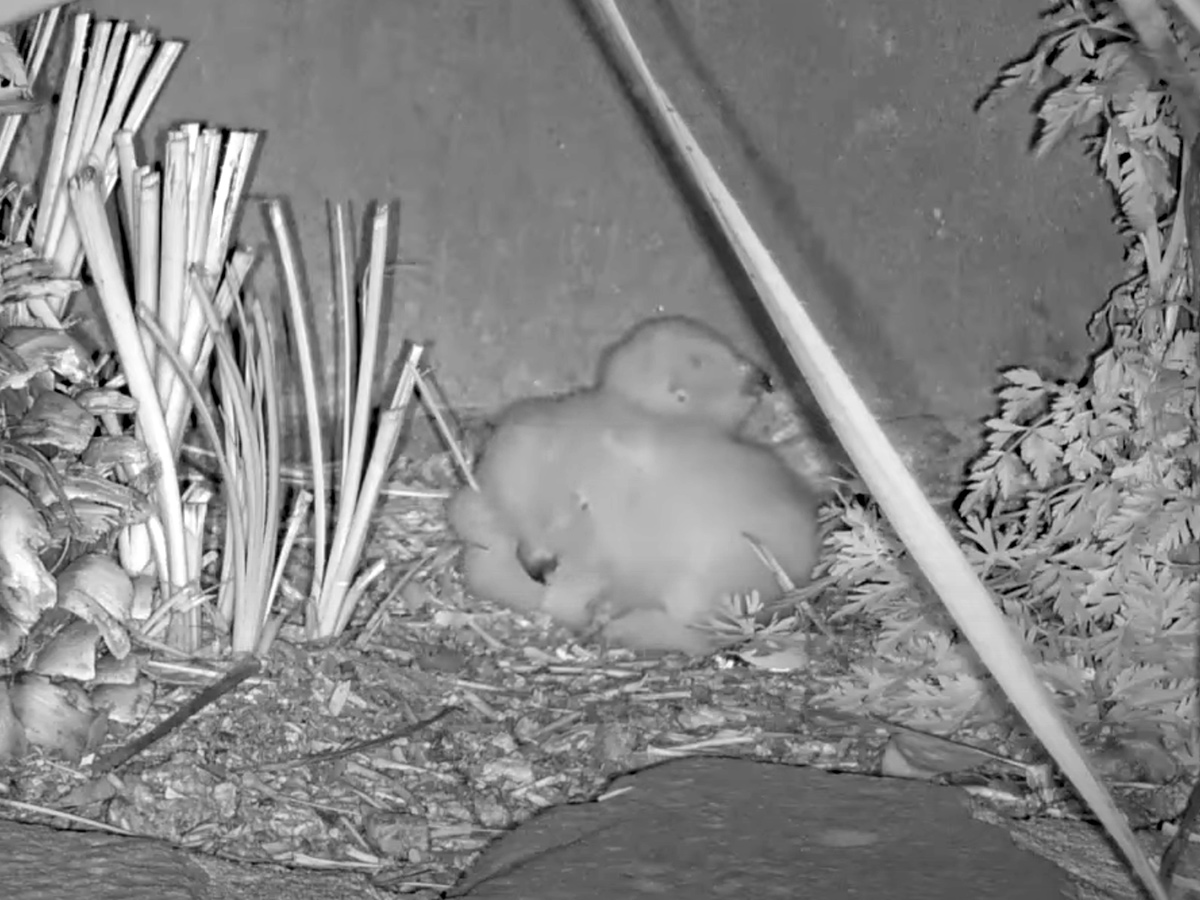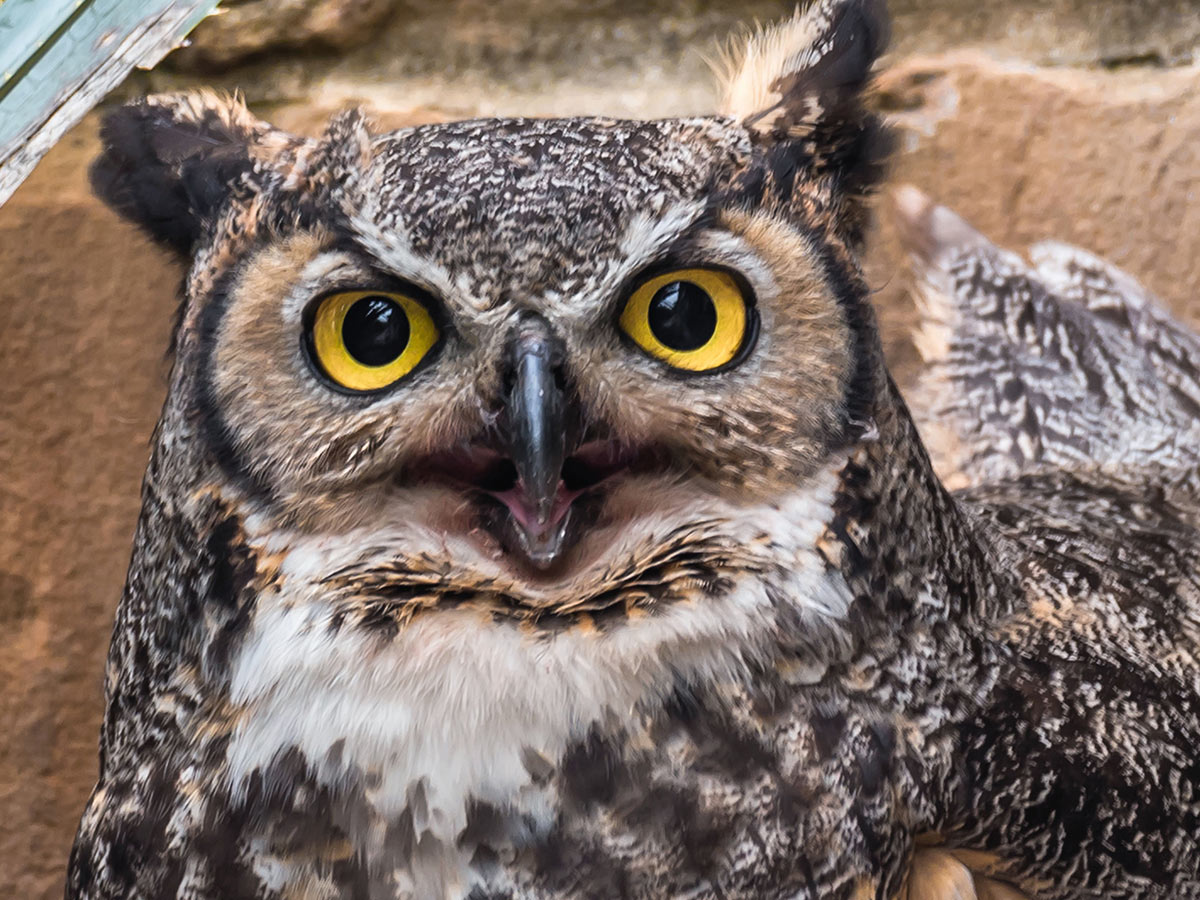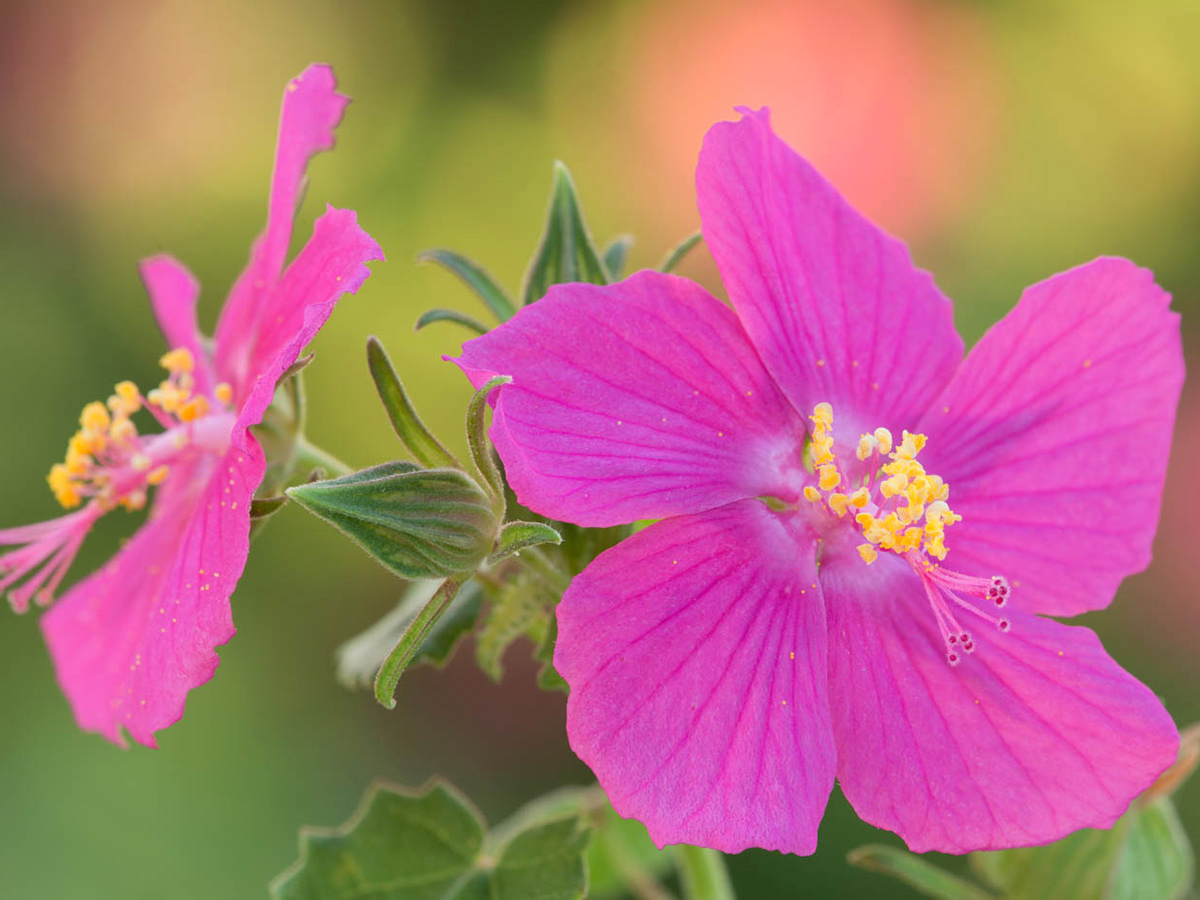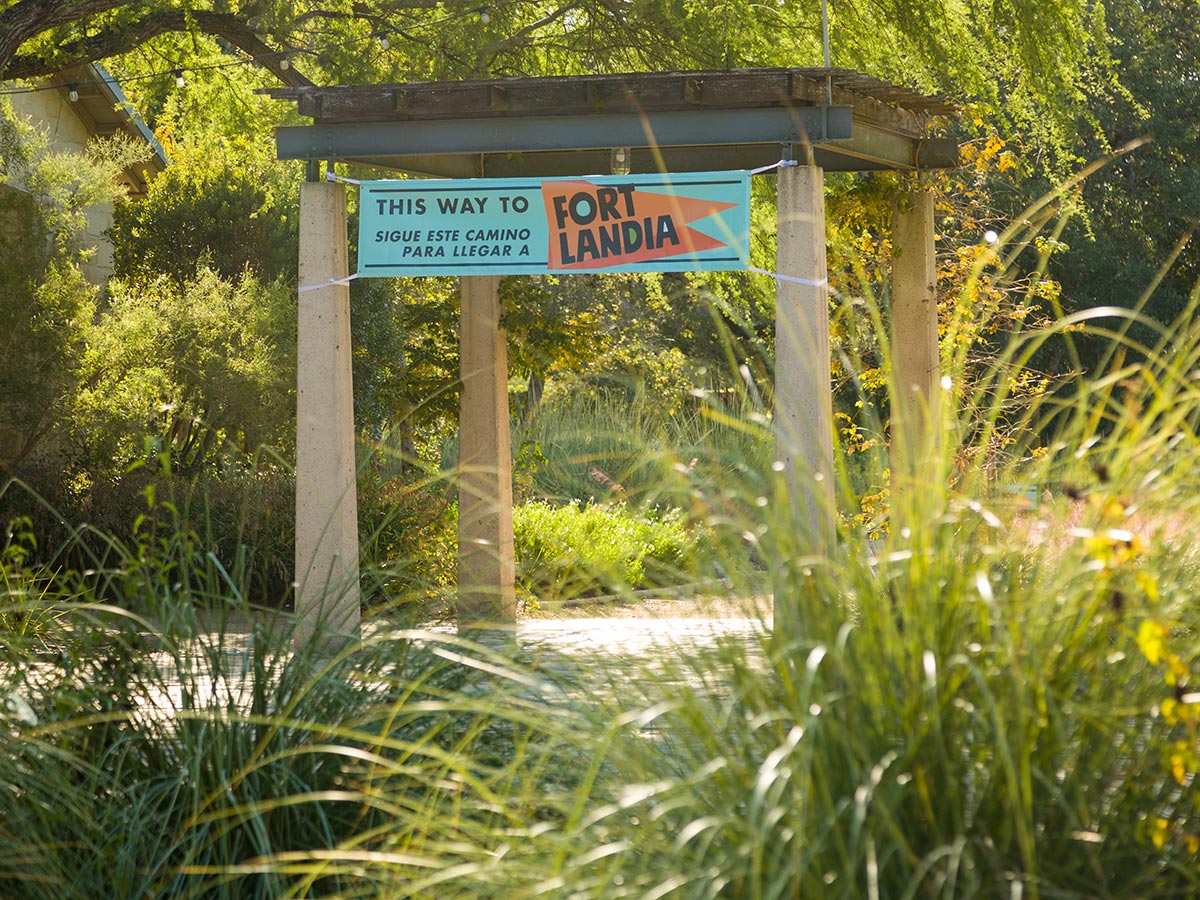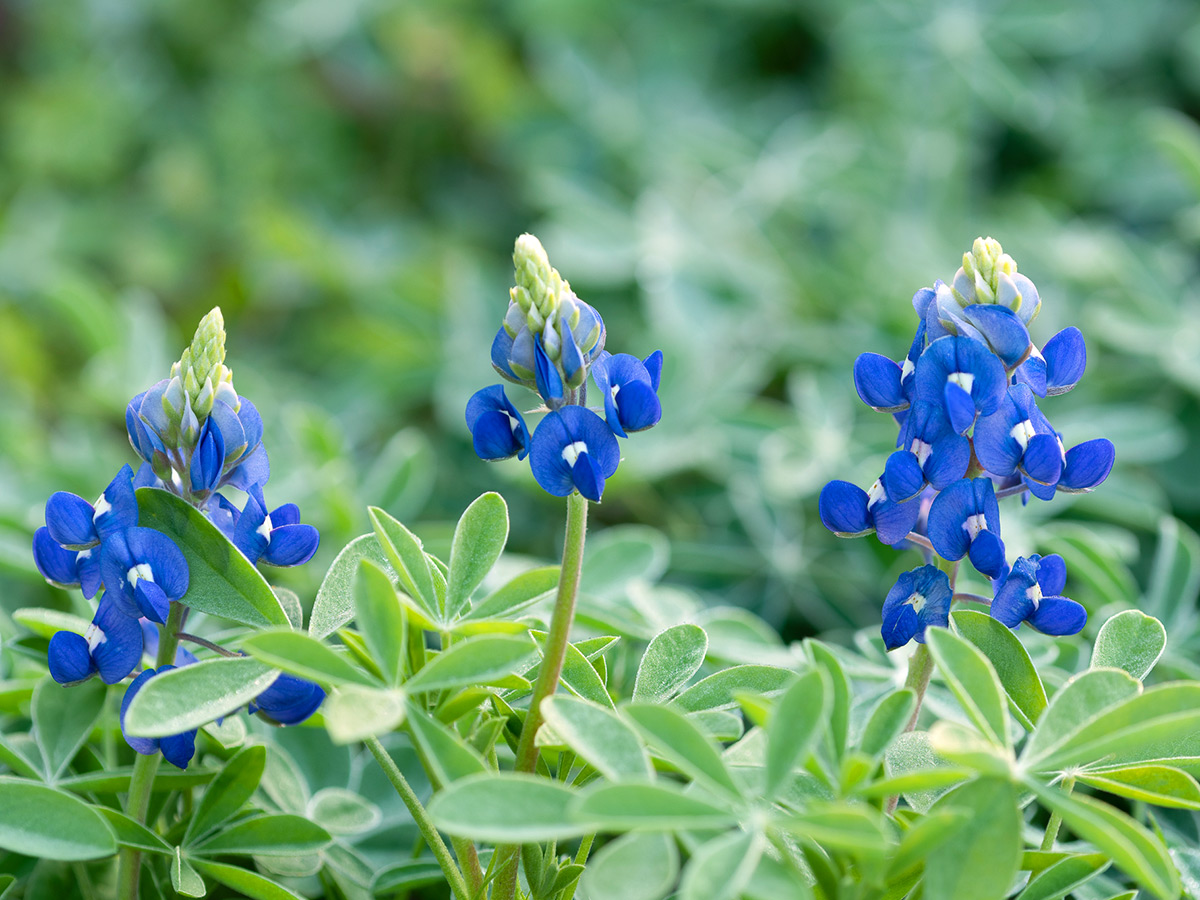PRESSROOM
New Report Brings Sustainable Landscapes Mainstream
AUSTIN, Texas – A report released today will help usher sustainable landscape design into mainstream use. Featuring over 200 recommendations for designing and building sustainable landscapes, the report is part of the Sustainable Sites Initiative, a partnership between the American Society of Landscape Architects (ASLA), the Lady Bird Johnson Wildflower Center at the University of Texas at Austin and the United States Botanic Garden to create voluntary guidelines and a rating system for sustainable landscape design. The report is available at www.sustainablesites.org.
“We want to identify the gold standards in sustainable landscape design and marry them to a practical, real-world approach so that designers, planners, builders and developers can utilize them,” said Nancy Somerville, Executive Vice President and CEO of ASLA. “This report is an important step to bring sustainable landscape practices into widespread use.”
The Preliminary Report on Standards and Guidelines represents thousands of hours of work in the past year by 32 experts in fields ranging from design and construction to soils, hydrology, and public health. The findings examine the positive environmental impact sustainable landscapes offer. For example, appropriate vegetation can help control erosion, filter out pollutants, provide habitat for wildlife and pollinators and supply oxygen for the air we breathe. The preliminary report also details practices that degrade landscapes and should be avoided, as well as techniques for designing landscapes that benefit the environment.
“The truly exciting thing about sustainable landscapes is that they actually help us confront some of the most serious environmental problems the world is facing now, including climate change,” said Susan Rieff, Executive Director of the Wildflower Center. “Plants absorb carbon dioxide -a greenhouse gas and a major cause of global warming-from the air and soils can capture it and hold it. Native grasses may be even more effective in sequestering carbon than trees. This can help mitigate climate change.”
“People want to do the right thing, “said Holly Shimizu, Executive Director of the United States Botanic Garden, “but they need guidelines. The standards developed under Sustainable Sites will integrate landscape into the overall green movement. Without the landscape component, a truly sustainable lifestyle isn’t possible.”
The preliminary report is the first of three for the Sustainable Sites Initiative. A primary purpose of releasing this preliminary work is to solicit feedback, comments and additional information from professionals and other stakeholders who can contribute to knowledge about ways to achieve sustainable landscapes. Interested persons can join this review process at www.sustainablesites.org. The review period lasts 45 days and comments are due by January 11, 2008.
Eventually, Sustainable Sites will create a rating system that will apply to large and small sites, and can be used independently or incorporated into other green rating systems. The U.S. Green Building Council is lending its support to this project and plans to adopt the Sustainable Sites metrics into future versions of LEED® (Leadership in Energy and Environmental design) Green Building Rating System.
After feedback is gathered from the review process, a comprehensive report will be published in October 2008 with the release of final Standards and Guidelines for Sustainable Sites planned for May 2009. The Sustainable Sites Initiative plans to produce a rating system by May 2011 and test the guidelines with pilot projects in 2010 and 2011.
Additional program partners include the U.S. Green Building Council, the Environmental Protection Agency’s GreenScapes Program, the National Recreation and Parks Association, the American Society of Civil Engineers’ Environment and Water Resources Institute, the National Association of County and City Health Officials, the Nature Conservancy’s Global Invasive Species Initiative, and The Center for Sustainable Development at the University of Texas at Austin. For more information, visit www.sustainablesites.org.
About ASLA
Founded in 1899, ASLA is the national professional association for landscape architects, representing more than 18,200 members in 48 professional chapters and 68 student chapters. Landscape architecture is a comprehensive discipline of land analysis, planning, design, management, preservation, and rehabilitation. ASLA promotes the landscape architecture profession and advances the practice through advocacy, education, communication, and fellowship. Members of the Society use their “ASLA” suffix after their names to denote membership and their commitment to the highest ethical standards of the profession. Learn more about landscape architecture online at www.asla.org.
About the Lady Bird Johnson Wildflower Center
The Lady Bird Johnson Wildflower Center at The University of Texas at Austin is dedicated to increasing the sustainable use and conservation of native plants and landscapes. Founded in 1982 by Lady Bird Johnson, the former first lady, the Wildflower Center maintains an extensive native plant botanic garden and offers professional and adult education. The Wildflower Center also conducts research on landscape restoration and plant conservation at its 279-acre site, promoting the role of native plants in addressing ecological problems. Recent research initiatives focus on native turf grasses, green roof technology in a sub-tropical climate, prairie restoration methods including prescribed fire, the control of invasive species, and ways in which native plants can aid in combating climate change in urban landscapes. Learn more at www.wildflower.org
About the United States Botanic Garden
Dating from 1820, the United States Botanic Garden (USBG) is one of the oldest botanic gardens in North America. The Garden informs visitors about the importance and fundamental value of plants to the well-being of humans and our planet. It also highlights the diversity of plants worldwide, particularly their aesthetic, cultural, economic, therapeutic, and ecological significance. Formally placed under the jurisdiction of the Joint Committee on the Library of Congress in 1856, the U.S. Botanic Garden is administered through the Office of the Architect of the Capitol in the Legislative Branch since 1934. With nearly a million visitors annually and located on the National Mall, the USBG strives to demonstrate and promote sustainable practices for individuals, organizations, and institutions. Learn more online at www.usbg.gov

